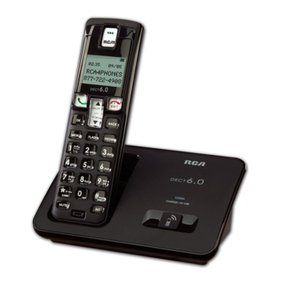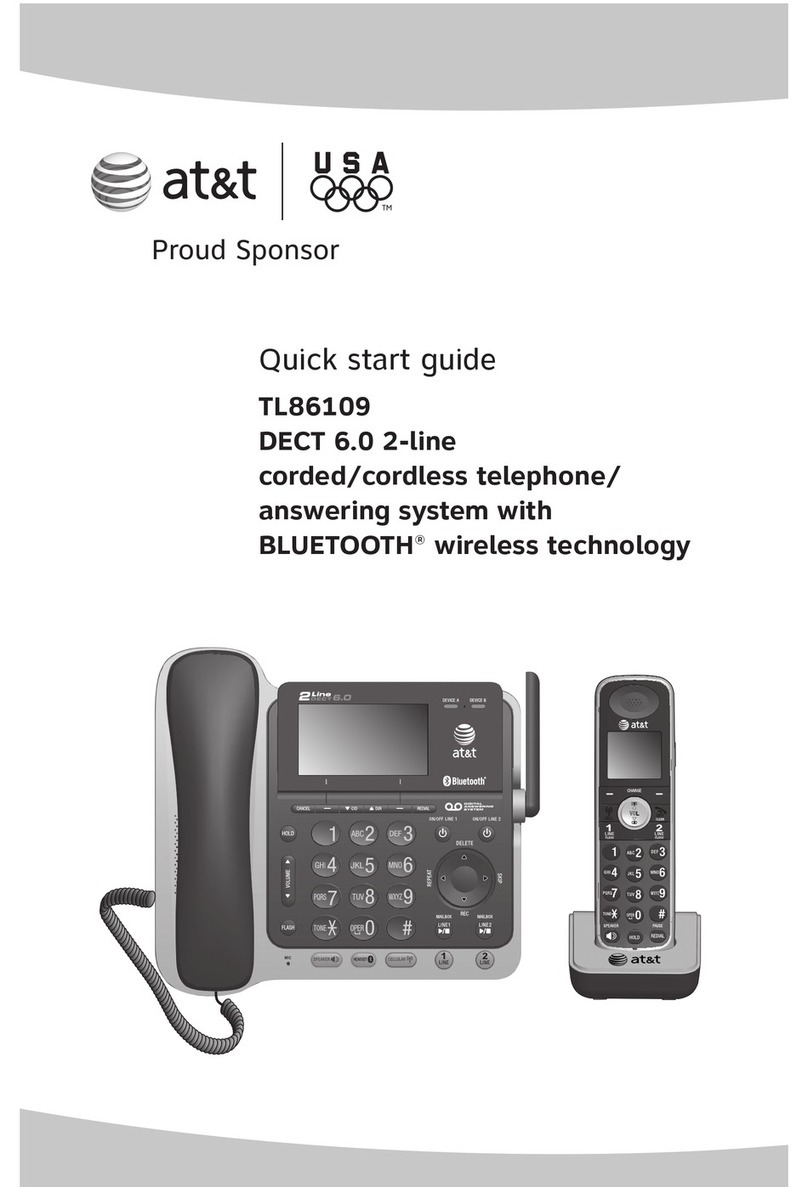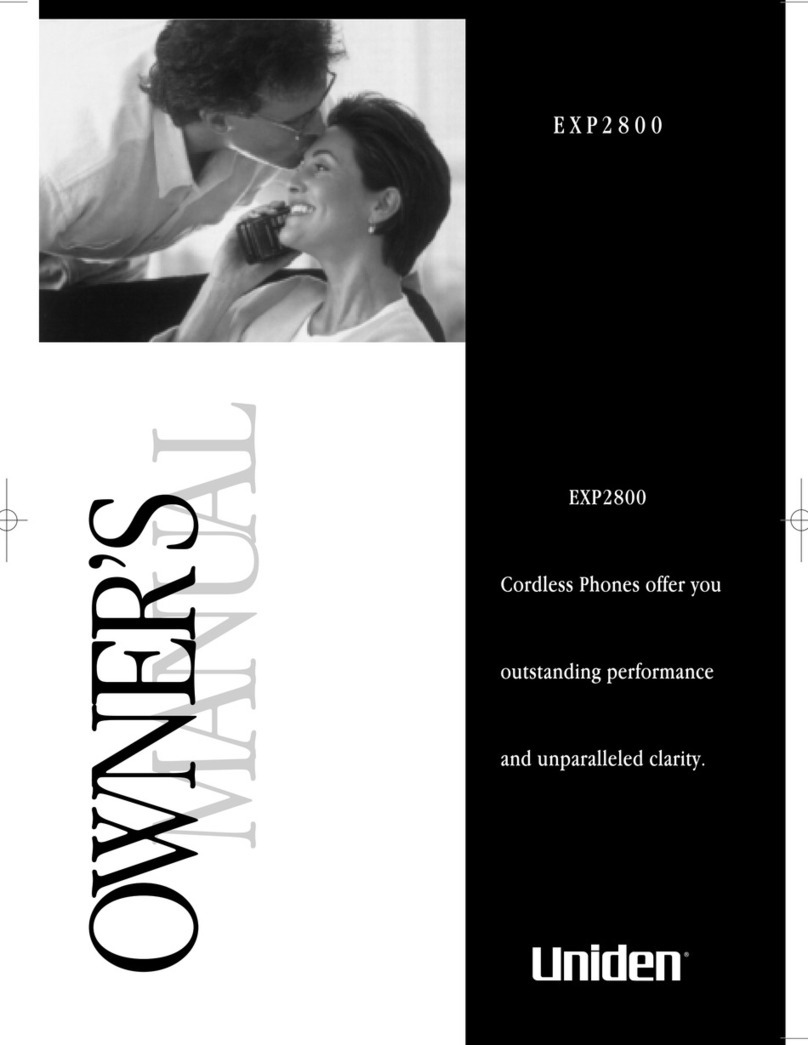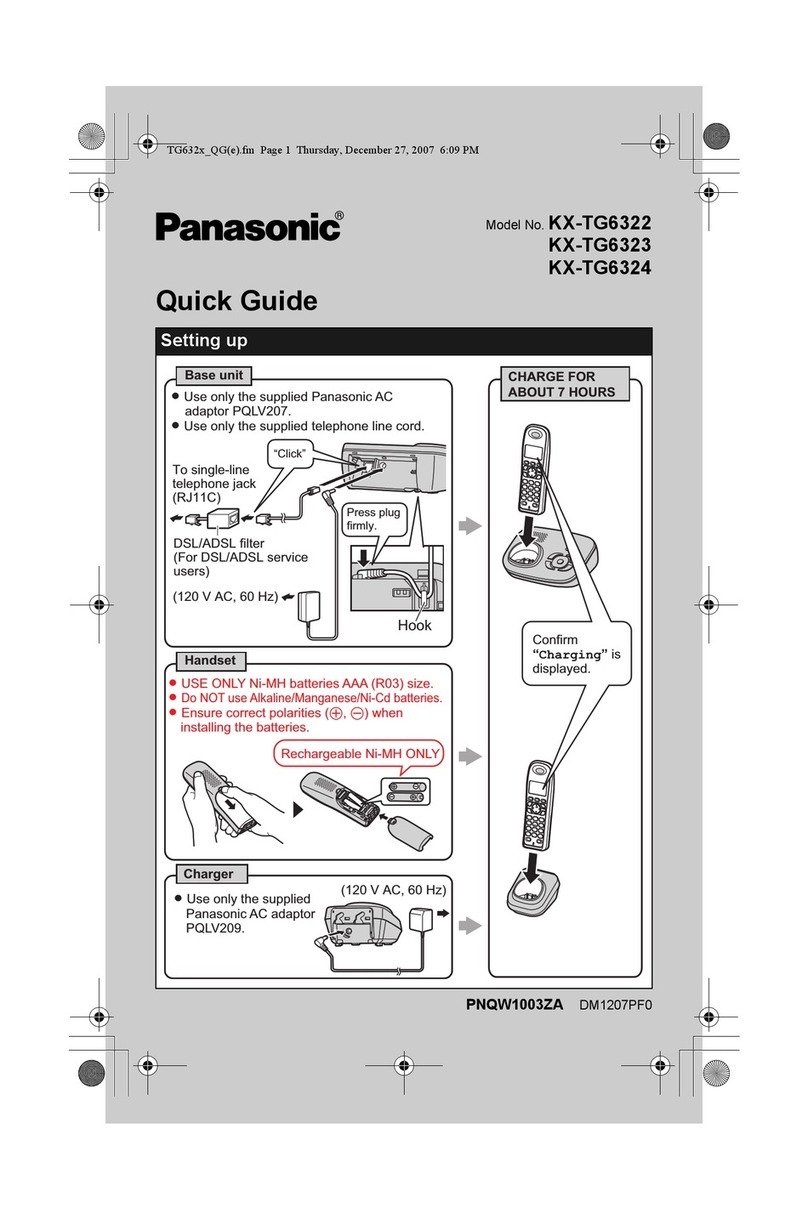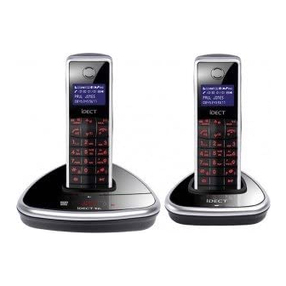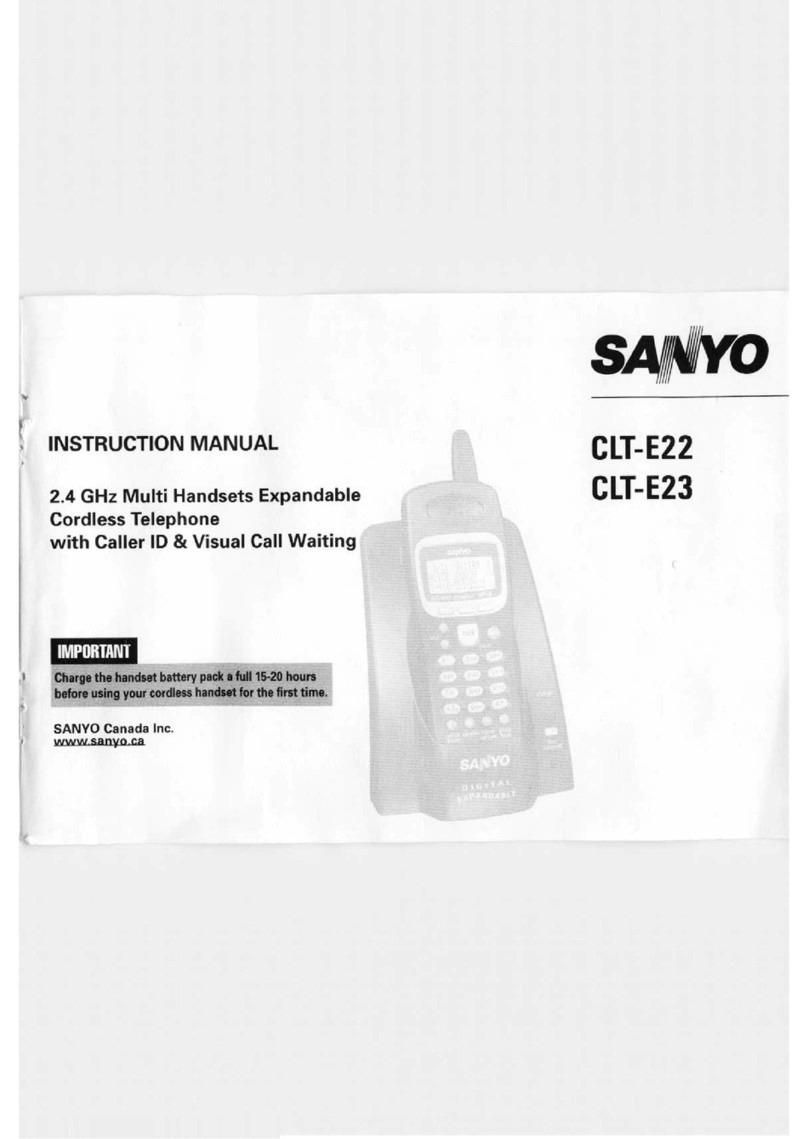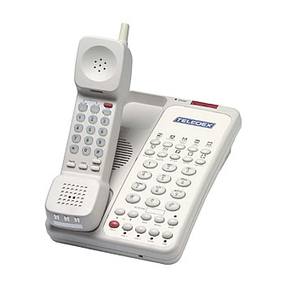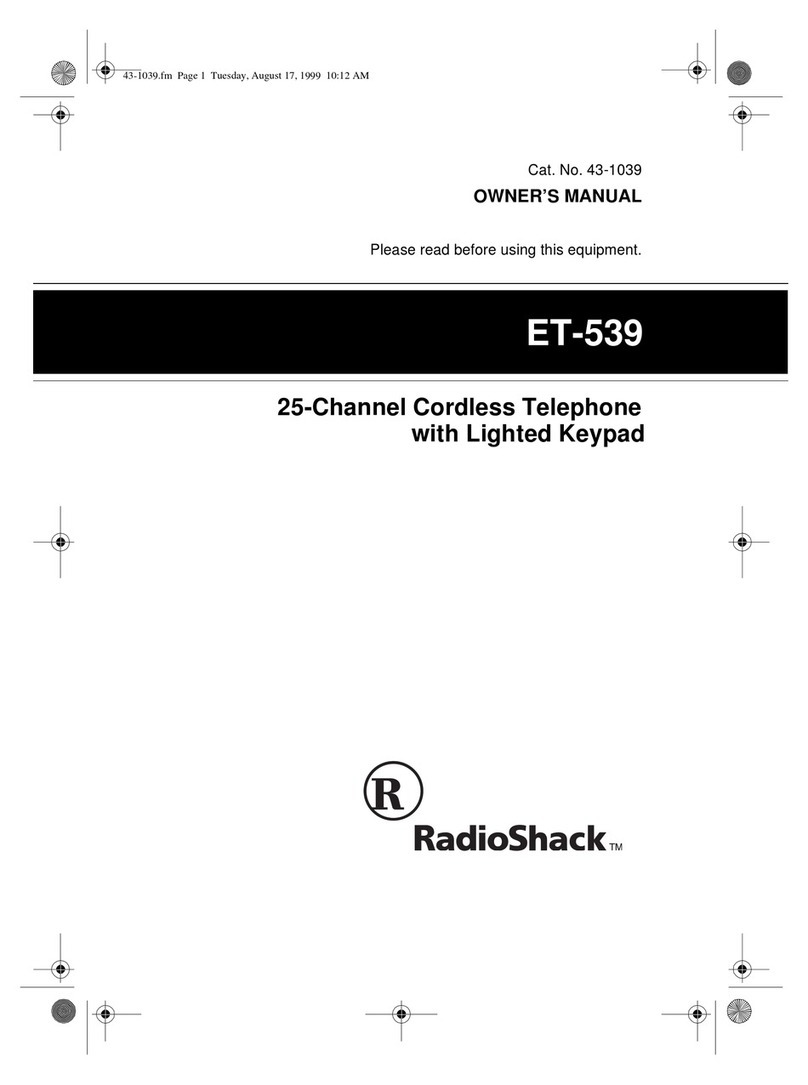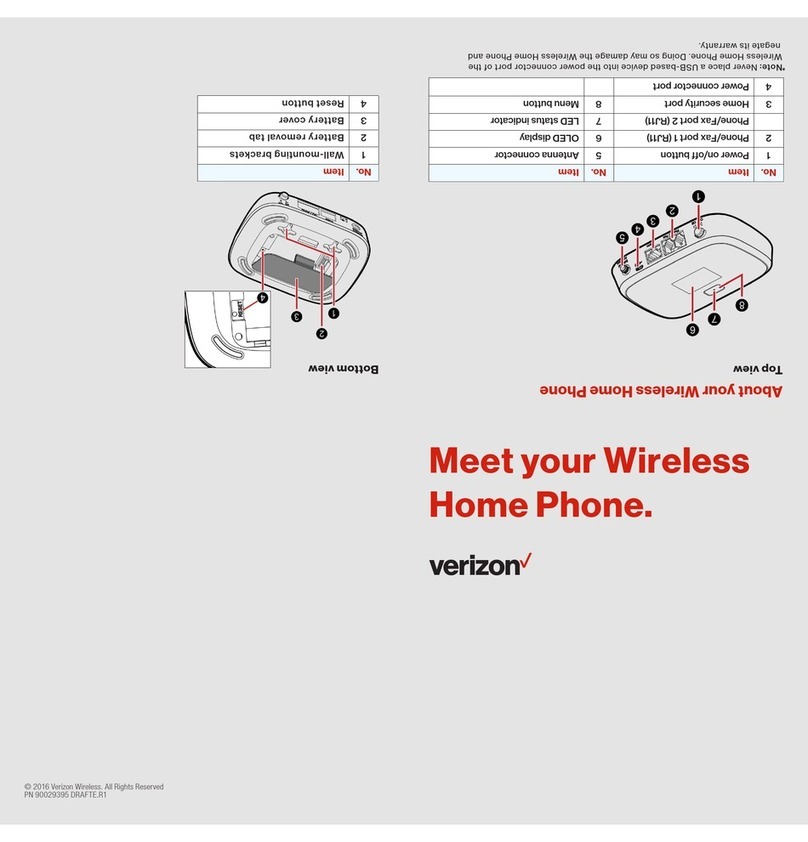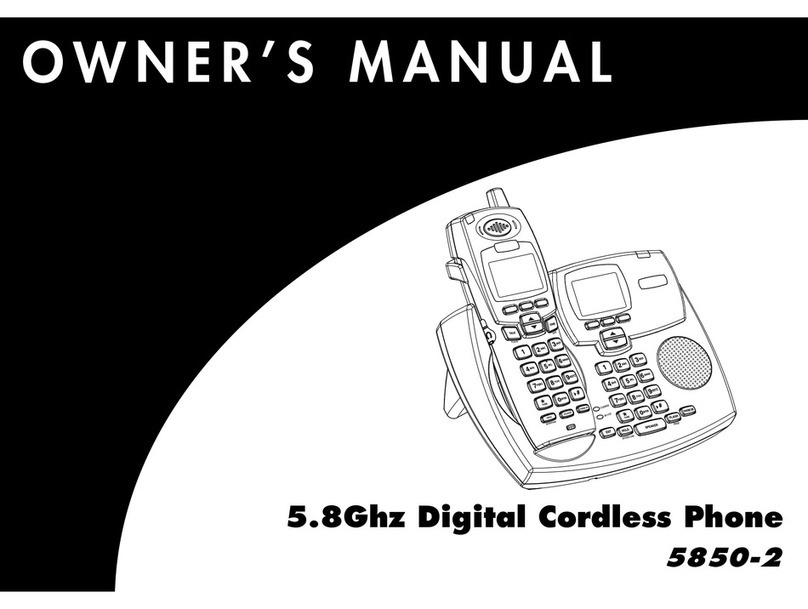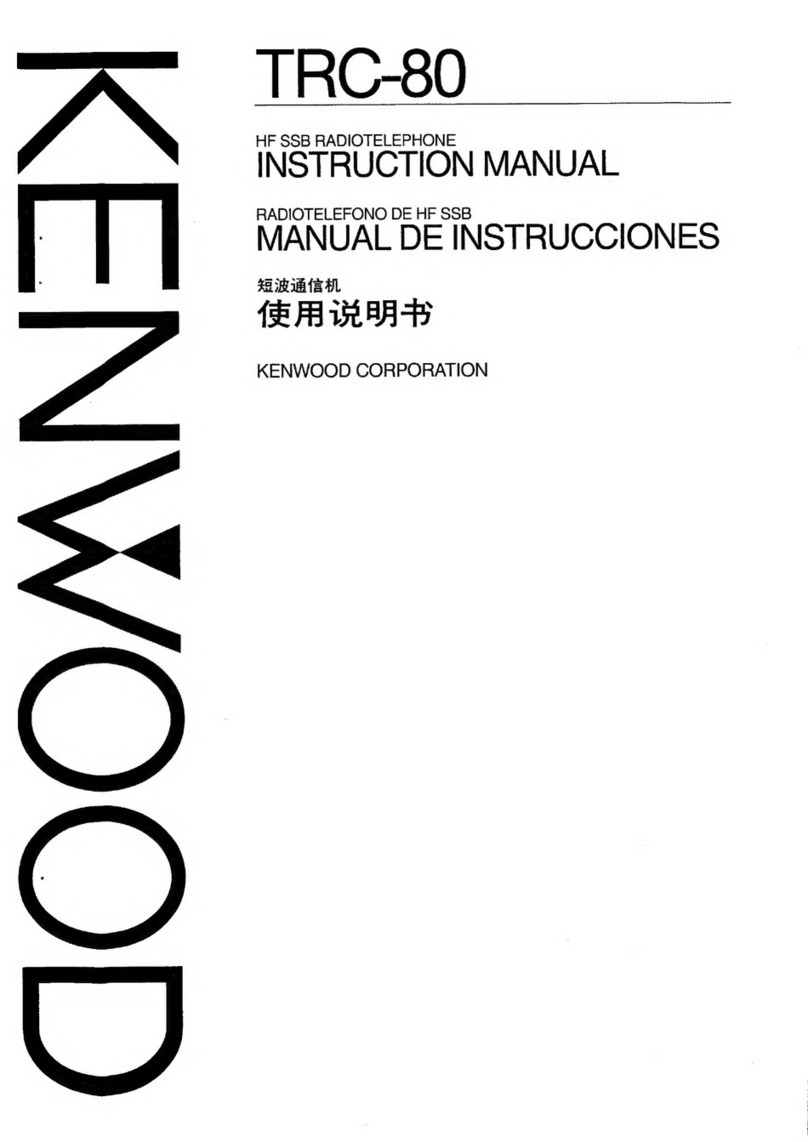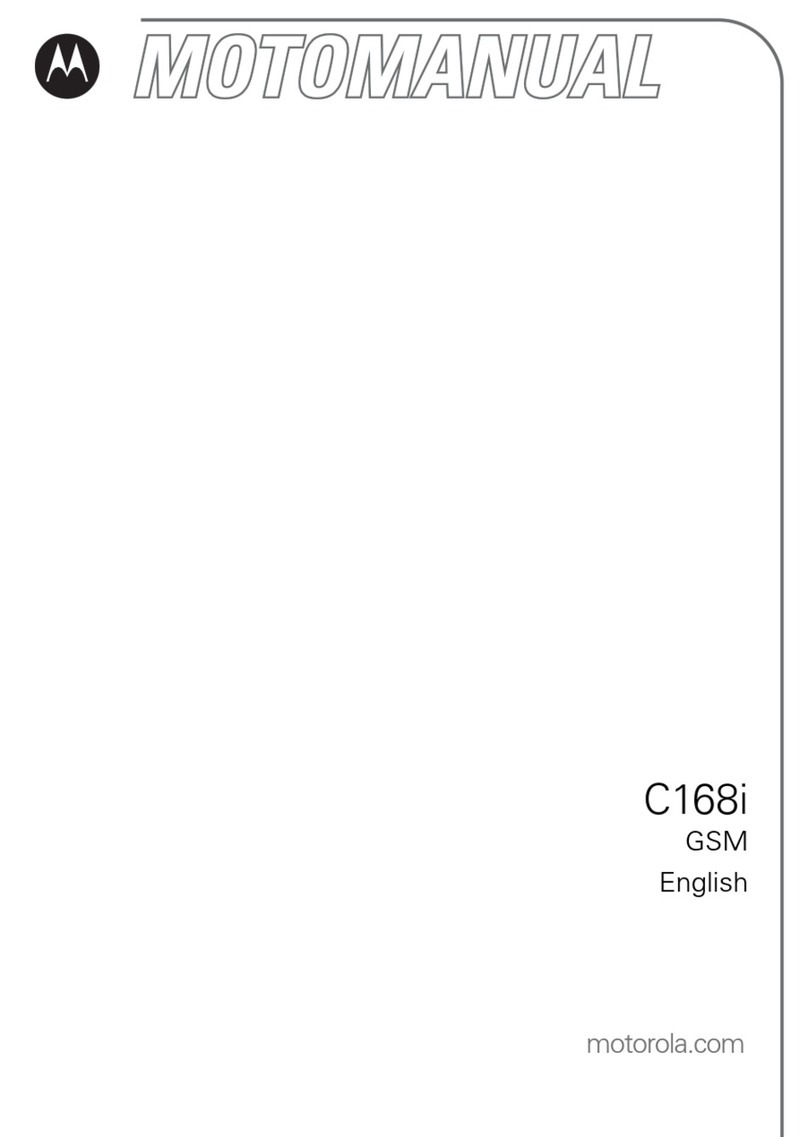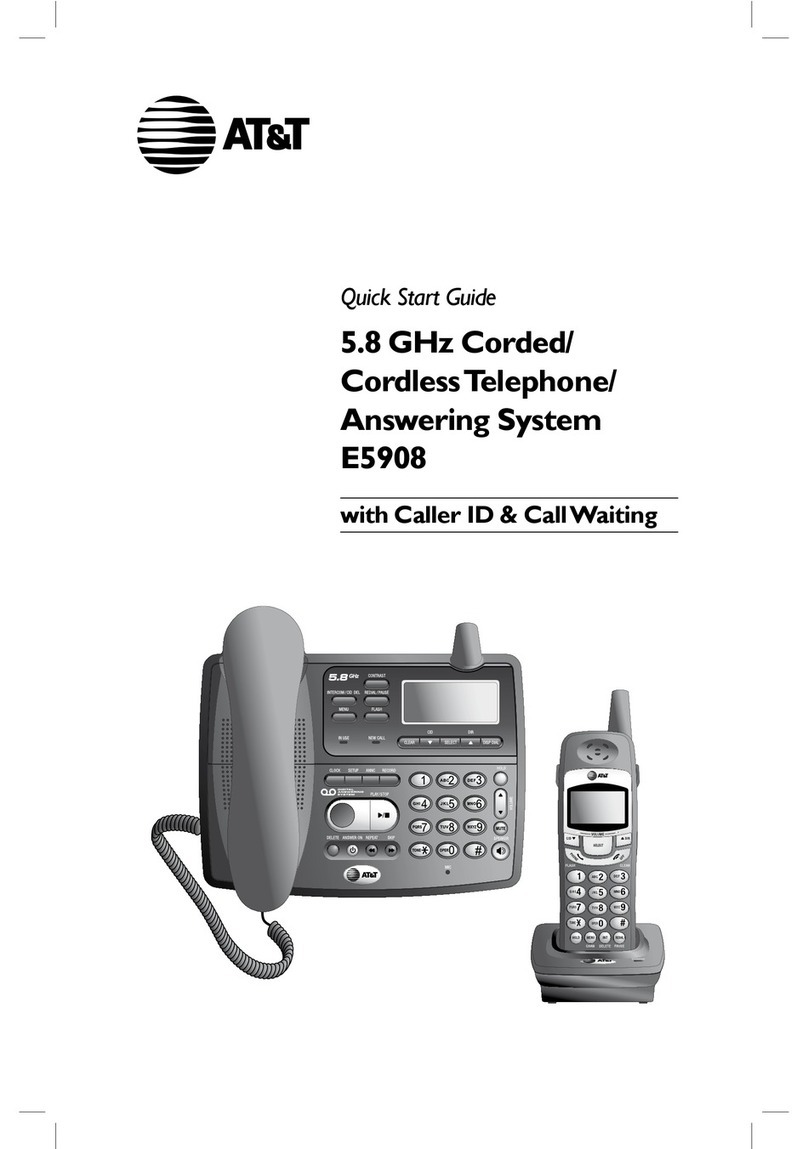Storno Stornomatic 900 User manual

1-
MO~lE RAO10TElEPHONE
.0 '.'.
MOnElSTORNO"~H;ONE':6OQ,t
.-;
, '-TYPEcnL631
~ .,
;'TYPECo.L632
,
TYPE C£1tti33
, ..
tYPE CQl63,4
) " , ~,
f...';t6.~..~8M,ftz
CONTENTS
GENERALSPECIIj"'ICA TIONS
CHAPTER I. GE~ERAL DESCRIPTIO:\'
-A. D~signDptaiIs
B~ Control-Equipment and Accessories
,
CHAPTER II. TH~ORETICAL CIRC~lTriESCRIPTio-",
,A. Genel'al Description
Description of Subunits
CHAPTER III. ACCESSORIES
~Iicrophones, ~Iicrotelephones. etc.
CHAPTER IV. l~STALLATION
CHAPTER V. SERVICE
A. ~Iaintenance
B: Fault-finding and Repairs
'C; Adjustment Procedure
CHAPTER-VI.£>LAGRAMS AND PARTS LISTS

~
StOrllo
]
GENERAL SPECIFICATIONS
oJ
CQL633
68-88 MHz
20 kHz -
'*'4 kHz
CQL634-
68-88 MHz
12.5 kHz
%2. 5 kHz
CQL631
68-88 MHz
50 kHz
%15 kHz
CQL632
68-88 MHz
25 kHz
* 5 kHz
Meets government specifications
--
Typer- v' ~I
Frequency Range..I
Min. Channel Separation
Max. Frequency Swing
Frequency Stability
Max. Bandwidth
Antenna Impedance
Number of RF Channels
Dimensions
Weight
1000 kHz
50 ohms no.minal
Max. 6 channels
230 x 230 x 70 mm
4. 7 kilos
TRANSM IlTER SPECIFrCATIONS
~
J
RECEIVER SPECIFICATIONS
o. 35 JJVfor 20 dB signal-to-noise ratio
Stensitivity
Squelch
Adjacent Channel
Selectivity
Undesired Radiation
Intermodulation
Spurious Response
Attenuation
Audio Output
Electronic, adjustable
Better than 80 dB l~!A two-si~al method)
Less than 2 x 10-" watts
Better than 70 dB (EIA method)
Better than 80 dB
J2 watts; only 1 watt with built-in speaker
POWER SUPPLYSPECifiCATIONS
J12.6 V 25. 2 V
Battery Voltage 6,3 V
O.12A
1.4A
ready to transmit)! O.55A O.25A
3. OA
8. OA
I
Battery Drain:
Stand-by (
Transmission
lion

Stomo
c,..-
Sterno
MOBilE RAOIOTElEPHONE
MOBllT RAOIOTElEFONANl/f.G
TYPECal 610,Cal 630
41. 016-D1/El
41.016-DI/EI

Stomo
.;
Introduction
The STORNOPHONE 600L is a locally operated
transmitter/receiver combination for VHF /UHF
FM radio communication in one of the frequency
ranges 68-88 MHz, 146-174 MHz, and 420-470
MHz. The complete radiotelephone comprises.
a cabinet which houses the transmitter, re-
ceiver, and control panel; a microphone or
handset; and an antenna and installation mate-
rials.
Standard Versions
This manual contains a detailed description of
the STORNOPHONE 600L and the standard
accessories which are available. Because we
at Storno are constantly processing the ex-
perience we gain during the production, testing,
and operation of our radiotelephones, minor
modifications and corrections will be made at
regular intervals. These will be listed on a
separate sheet, which will be placed first in
this manual.
Where it is not necessary to distinguish be-
tween radiotelephones with different channel
separations, the following description will
employ common designations for radiotele-
phones inside the same frequency band. Thus,
the CQL6ll, CQL6l2, CQL6l3, and CQL6l4
2-metre radiotelephones will be covered under
the common designation of CQL6l0.
If your STORNOPHONE GOOLis a special ver-
sion, descriptions of the necessary modifi-
cations will be condensed into an appendix
which is placed first in the standard descrip-
tion whilst the associated circuit diagrams are
placed last in the book.
The STORNOPHONE 600L is available in the
following versions:

Stomo
<-
Stomo .General ~escription
Chapter
The STOR~OPHO:\:I: GOOLis intended for
simplex operation. The standard version is
for local operation. It can be operated from
6-. 12-. and 24-volt DC power supplies.
Switching from one voltage to another re-
quires a rewiring job in the power supply
section.
A maximum of six RF channels can be pro-
vided.
Transmitter power output for 2- and 4-metre
stations (CQL610 and CQL630) is 10 watts
with provision for operation at reduced power.
For O.7-metre stations (CQL660). power out-
put is 6 watts. likewise with provision for
operation at reduced power.
The cabinel also has two holes through which
it is possible to adjust:
Squelch function
Speechmodulation.
Operation
V1 V2
05 02 04 0601 03
01 Self-releasing
push-button
Self -relea sin g
push-button
02
Construction
Transmit/tone button(+}
"Speaker In". This
button, in conjunction
with a built-in tone re-
ceiver, cuts in the loud
speaker. In some ver-
sions, this button func-
tions as a tone button
(++).
Cuts out the squelch
function.
03 Self-locking dou-
ble-push releasing
push-button
Self-releasing
push-button "Speaker Out". This
button, in conjunction
with a built-in tone re-
ceiver, cuts out the
loudspeaker.
04
Microphone, transmit button or microphone.
Antenna cable (BNC connector).
External loudspeaker and test point for discrimi-
nator measurement.
31.088-E1
31.
088-E1 1-2
The controls etc. provided on the Type CP60l
Control Panel are accessible on the front panel
of the cabinet, on which they are located as .
shown in the sketch. Number and letter desig-
nations, identical with those used in the circuit
diagrams, cover the following functions:
The radiotelephone is housed in a drawer-type
cabinet consisting of an outer section designed
as a housing, and an inner section that is
similar to a drawer. The two sections are held
together by a number of screws on the right-
hand and rear sides of the cabinet.
The outer section is a box made of 2-mm alu-
minium sheet.
The drawer section, of cadmium-plated steel
sheet, carries all radio circuits. Besides
serving as a chassis for the units of the radio-
telephone, the drawer divides the interior of
the cabinet into three mutually screened com-
partments. Thus, a vertical wall in the right-
hand side of the cabinet separates the power
supply section and the loudspeaker from the
other radio sections. A horizontal wall through
the middle divides the cabillet into two sections
the upper one of which contains all RF and IF
modules except for the oscillators; these are
located in the lower section together with the
audio modules and the control panel.
The front panel of the drawer section carries
the controls etc. and the loudspeaker.
The rear wall carries the battery terminals.
There are three connectors on the left-hand
side of the cabinet, for:

.,
Chapter I. General Description
Switching between the various supply volt-
ages is performed on a strap board, located
on top of the power supply section. The
switching operation consists in unsoldering
and rewiring a few straps in accordance
with directions given on a diagram provided
inside the cabinet, on which connections for
the respective voltages are clearly indicated.
Control knob
05 Channel selector for
max. 6 channels.
Combined on/off switch
and volume control.
Transmit pilot lamp.
Indicates reception of
selective call.
Control knob
06
Vi Red lamp
V2 Green lamp
(+)
If a tone generator is used, a tone call can be
transmitted only by pressing the button 01,
causing both the tone generator and the station
transmitter to be operated. If tone calls are
not desired in subsequent traffic, the radio-
telephone must be operated from an external
transmit button such as a steering-wheel
switch or microphone switch.
When performing the switching operation the
external voltage indicator on the rear wall of
ate cabinet should be rotated so that the volt-
age indicated on it answers to the voltage for
which the equipment has been strapped.
RemoteControl
The STORNOPHONE 600L is supplied for local
control only. H.owever. it can be converted for
remotely controlled operation by means of a
Type MK601 remote control kit. which is
separately available from STORNO. Detailed
instructions for performing the conversion
are given in a subsequent section of this
manual.
(++)
If a tone generator is used in a station not
equipped with an external transmit button. a
restrapping operation in the control panel is
required. which calls for tone calls to be
transmitted by pressing the buttons 01 and
02 simultaneously. Subsequent traffic in which
the use of tone calls is not desired is handled
by means of transmit button 01 only.
The circuits of the various control functions
are covered in detail by the description of
CP60l in Chapter II.
Tone Equipment
Besides, a detailed instruction manual is
supplied with each STORNOPHONE GOOL.
MC601
MC602
MC603
The list below covers the types of control
equipment and accessories that are available
for the STORNOPHONE GOOL. Some of them,
such as installation materials, antenna, and
microphone, are necessary for installing and
operating the equipment.
Control Equipment
Fixed microphone with built-in ampli-
fier. Hardware for fixed mounting is
supplied.
Fixed microphone with built-in ampli-
fier and 10-cm gooseneck.
Fixed microphone with built-in ampli-
fier and 20 -cm gooseneck.
Fixed microphone with built-in ampli-
fier and 40-cm gooseneck.
MC604
High-efficiency loudspeaker. Supplied
with mounting hardware but less con-nector.
LS601
Tone equipment to permit operation in selec-
tive calling systems can easily be installed in
the STOR,."t\jOPHONEGOOL. in which space has
been left for the tone transmitter. tone re-
ce!iver. and alarm circuit. If the STORNO-
PNONE GOOLis supplied with built-in tone
equipment. descriptions, circuit diagrams
etc. of such equipment will be contained in a
separate technical manual.
The STORNOPHONE 600L is designed for
operation from 6, 12, and 24 volts DC.

Stomo
t
Stomo Chapter I. General Description
5/8 wavelength whip antenna for the
frequency range 420-470 MHz.
MC605 AN69-4
MC606 Other types, such as a 5/8-wavelength rear-
moW1ting antenna, tilt-over antenna or mag-
netic antenna may be used if desired.
MK601 InstallationKit
In addition to the accessories listed above, the
installation of a STORNOPHONE 600L radio-
telephone requires a kit of parts. These are
specified below:
17.030 Standard kit of accessories consisting
of antenna connector, fuse holder and~
j'~ fuses, dwnrny fuse holder, and a set!(~'!
of cable shoes.
~,"
MK602
MT601
Fixed microphone for mounting on
steering column. A steering-wheel
switch for use with a fixed micro-
phone is available.
Fist microphone with built-in ampli-
fier, transmit button, and hang-up
bracket. Mounting hardware is sup-
plied.
Conversion kit. For modifying a local-
ly controlled station for remote control
Consists of control box, remote con-
trol panel, and connectors and control
cable.
Conversion kit. For mounting a multi-
wire connector on the control box of a
remotely controlled station.
Handset with built-in amplifier and
transmit button. Hang-up bracket and
mounting hardware are supplied. 19.088 Standard installation kit consisting of
8 metres of battery cable and 6 metres
of antenna cable. These lengths are
sufficient for installing a radiotele-
phone, even in large vehicles.
Antennas
The STORNOPHONE 600L is designed for
operation with a 50-ohm antenna. STORNO can
supply the following standard types, all of which
have bases designed to permit mounting from
the outside without damaging the car upholstery.
Installation Instructions
AN39-5
AN19-5
1/4 wavelength whip antenna for the
frequency range 68-88 MHz.
1/4 wavelength whip antenna for the
frequency range 146-174 MHz.
1/4 wa ve1ength whip antenna for the
frequency range 420-470 MHz.
AN69-3
~1 OAA-F:1
Brief installation instructions are supplied with
each individual accessory. However, Chapter
IV of this manual contains a complete descrip-
tion of how to install both the radiotelephone
and the accessories.

Stomo
,
Stomo
455 kHz intermediate-frequency
filter for 50 kHz. 25 kHz. or 20 kHz
channel separation BP608(50kHz)
BP609(25kHz)
BP6010(20kHz)
BP60 12(12. 5kHz)
455kHz intermediate-frequency
amplifier and discriminator
Both the receiver and the transmitter are divided
into a number of subunits each of which is built
on printed wiring boards. This division has been
made in order to make the equipment easily ac-
cessible for adjustments and repairs, and follows
strictly logical lines.
The receiver and transmitter use silicon tran-
sistors throughout, resulting in less dependence
on ambient temperature and in greater reliabili-
ty.
IA601
Squelch and audio amplifier unit
In CQL611, 612, and 613:
In CQL614: SQ603
SQ602
ReceiverSection The receiver moreover comprises an audio out-
put amplifier. Type AA602. However, this unit
is located in control panel CP601 and will be
described in connection with the latter.
The RF and IF modules of the receiver are lo-
cated in the top section of the cabinet except for
the oscillators. These are located in the bottom
section together with the audio units.
Receiver converter with RF
->amplifier and 1st mixer RC631
Crystal oscillator (1-6 pcs. XO632
Intermediate -frequency converter
with 10.7 MHz band-pass filter
and 2nd mixer
Transmitter Section
IC605
The receiver is a double-conversion super-
heterodyne using intermediate frequencies of
10.7 MHz and 455 kHz. The necessary selectivity
is obtained by means of two bandpass filters.
The receiver is composed of these five modules:
The transmitter is phase modulated. Its output
frequency is six times the oscillator frequency.
Phase modulation is performed at the fW1daznen-
tal frequency.

Stomo ,~
ChapterII. Theoretical Circuit Analysis
A maximum of six crystal oscillators -one for
eacn frequency channel -can be provided. Control Panel
The transmitter is composed of the following
subunits:
Audio amplifier. In CQL611, 612, and
613: AA601
AA608 Audio output amplifier AA602
In CQL614:
Tone transmitter (if provided)
Tone receiver (if provided)
Alarm circuit (if provided)
XO631Crystal oscillator (1-6 pcs.)
Exciter and modula.tor for 50kHz
and 25/20 kHz channel separation AC683
EX631 (50kHz)
EX632 (25,20,
and
12. 5kHz) Power SupplySection
RF power amplifier PA631
Antenna filter FN631
The following subunits are common to the receiv-
er and transmitter sections: The following pages of this chapter contain a
complete description of the circuits of the indi-
vidual subunits and their specifications.
Antenna shift unit AS663
Crystal oscillator panel with
space for six receiver oscillators
and six transmitter oscillators XS603
31. 090-El
31.090-El 2-2
Control panel CP601 contains,all con~rols and
circuits required for operating the radiotelephone
and checking its performance. It also accomodates
the following subunits:
Power supply section PS606 converts 6, 12, or
24 volts DC from, say, a car battery into 24volts
stabilized DC for the transmitter and receiver
sections.

Storno
It
The receiver converter is built on a wiring board.
It consists of the following stages: bility. -The amplified signal is fed through a
four-circuit filter to the emitter of the mixer
transistor.
,
Signal Frequency Amplifier
Mixer
Oscillator-Signal Amplifier
Oscillator-Signal Double:r.
The receiver converter amplifies the incoming
signal and converts it to a first intermediate
frequency of 10.7 l\Ic/s, for v,'hich purpose an
oscillator signal, amplified and multiplied, is
injected into the mixer.
All transistors used in this unit are silicon
type n-p-n transistors.
Mixer
Whilst the amplified and filtered signal from
the antenna is applied to the emitter of the.
mixer, the output signal of the tripler is applied
to the base. In other words, additive mixing is
used. The mixer works into a 10.7 Mc/s filter
(L8) which can be matched to the following IF
converter lUlit by means of a simple strapping
operation.
The strap marked XOTE 1 in the photograph is
used in equipments with 20 or 25 kc/ s channel
separation.
In equipments with 50 kc/s channel separation,
the strap marked NOTE 1 should be removed
(see also the circuit diagram at the back of this
manual).
~~~~l-~!~9~~!1~Y-::\-rI2e~i!~~~
The incoming signal is applied -via a bandpass
filter (Ll, L2) -to the signal-frequency ampli-
fier. Good separation between the input and out-
put circuits of this amplifier ensures good sta-
~~p~i!~e_~~~-'!'!!e~~~
The output of the crystal oscillator is amplified
by a straight amplifier stage. This is followed
ANT SIGNA l INPUT
-IO,7NHzTO IC
37.384-El 37. 384-El

Storno Storno
It
by a doubler the collector circuit of which con-
sists of a double bandpass filter tuned to the
second harmonic of the oscillator frequency.
From there. the signal is fed to the base of the
mixer transistor.
Input Impedance
Nominal: 50 ohms.,
Crystal Frequency Calculation
For 68 -88 Mc/s range:
fx = {Sig; 10.7 Mc/s
TechnicalSpecifications where fx is the crystal frequency in Mc Is. and
fsig is the signal frequency in Mc/s.
Frequency Range
68 -88 Mc/s. Dimensions
160 x 32 mm.
Gain
Voltage gain from antenna to input of mixer:
12dB.
37. 384-El
37.384-£1
,
f;;

Storno
.J
Storno
Technical Specifications
The receiver oscillator unit is a crystal-con-
trolled oscillator. It is built on a double wiring
board, and is a totally enclosed plug-in unit.
The oscillator unit plugs into a crystal oscillator
panel which has pins mating with sockets on the
oscillator unit.
Crystal Frequency Range
39.35 -51.04 Mc/s.
Frequency Pulling
M -6
r: *30 x 10 .
Mode of Operation Frequency Stabilit~
For voltage variations within 24V =*=2.5%:
-6
Better than =*=0.2x 10 .
0 0
In temperature range -30 C to +80 C:
-6
Better than :t2 x 10 .
Load Impedance
50 ohms.
Power Output
Approx. 200 jlW.
]
The oscillator is a third overtone series reso-
nant Colpitts oscillator with the crystal con-
nected at low-impedance points to ensure good
frequency stability.
Undesired frequency pulling of the oscillator fre-
quency is minimized through damping of the col-
lector circuit.
The oscillator is started up by connecting the
CHANNEL SHIFT terminal to chassis through
the channel selector in the control box. A diode
in series with the -24 V supply lead prevents any
flow of undesired current in the unit.
The oscillator signal is fed to the receiver con-
verter via the crystal oscillator panel.
The operating frequency can be adjusted by means
of a trimmer capacitor located close to the crystal.
37. 386 -El

Stomo 'If
TechnicalSpecifications
The receiver oscillator unit is a crystal-con-
trolled oscillator. It is built on a double wiring
board, and is a totally enclosed plug-in unit.
The oscillator unit plugs into a crystal oscil-
lator panel which has pins mating with sockets
on the oscillator unit.
Coverage
For crystal: 11.37 -14.23 MHz.
For output voltage: 45.5 -56.9 MHz.
Frequency Pulling
~~:i: 30 x 10-6
0
Frequency Stability
Against voltage variations of -24V .i:2.5%:
B-6
etterthan.i:l.5xlO .
In temperature range -250c to +80oC: Better
-6
than.i:5xlO.
Load Impedance
50ohms.
Mode of Operation
The oscillator uses a parallel-resonant Col-
pitts circuit. It is followed by a multiplier
stage which quadruples the crystal frequency.
The oscillator is started up by connecting the
CHANNEL SHIFT terminal to chassis through
the channel selector. A diode in series with the
-24V supply prevents any flow of undesired
current in the unit.
A capacitance diode E, biased by a tempera-
ture-dependent voltage, compensates for fre-
quency variations at high and low temperatures.
The degree of compensation is adjusted with
potentiometer RiO. Frequency adjustment is
performed with trimmer capacitors CiO and
CII. The RF output of the oscillator is fed via
the crystal oscillator panel to the receiver con-
verter.
Output Voltage
170mV /50 ohms.

Stomo ,s'
Oscillator
The IF converter unit is built on a wiring board,
and is housed in a metal box with a screw-on
lid.
The unit consists of the following stages:
Coil filter
Oscillator
Mixer.
The oscillator is a crystal-controlled Colpitts
oscillator. The crystal frequency is normally
10.245 MHz, but in cases where one of the
harmonics of the local oscillator coincides
with the frequency of the incoming s:.gnal,which
might cause interference, a crystal frequency
of 11.155 MHz is choseninstead. The crystal
oscillates in a parallel resonant circuit, and
frequency adjustment is performed with a
trimmer capacitor.
The IF converter filters the high intermediate-
frequency signal at 10.7 MHz and converts it
to a low intermediate-frequency signal at 455
kHz. Mixer
Mode of Operation Both the 10.7 MHz signal and the oscillator
signal are applied to the base of the mixer
transistor. The low intermediate frequency
signal at 455 kHz is taken off at the collector.
Coil Filter
From the receiver converter unit RC, the high
intermediate-frequency signal at 10.7 MHz is
fed to the coil filter, which consists of five
tuned circuits. The output of the filter is ap-
plied to the mixer.
TechnicalSpecifications
Input Frequency.
10.7MHz.
Output Frequency
455kHz.
FilTER 2 MIXER
'55kHZ OUTPUT
TO BP
107MHz INPUTFROM RC
Input Impedance
910 ohms II 20 pF.
1~i2'S MHz
T1'.'SSMHZ
Q~tput Impedanc~
3. 8 k ohms / / 480 pF.
:- I
2OSCILLATOR
37. 558-El

Stomo
"
Bandwidth
420 -470 MHz
At 6 dB relative to 10.7 MHz: 230 kHz.
At 55 dB attenuation relative to 10.7 MHz:
1820 kHz.
Bandpass Ripple
0 dB.
Oscillator Frequency
Calculating the crystal frequency (fx):
fx = 10.7 MHz -0.455 MHz = 10.245 MHz.
At certain signal frequencies, however, this
crystal frequency cannot be used owing to
harmonic radiation. In such cases a crystal
frequency of 11. 155 MHz is used which is cal-
culated as follows: Crystal Specification
0 0
In temperature range -15 C to +60 C: S-98-8.
0 0
In temperature range -25 C to +65 C: S-98-12.
fx = 10.7 MHz + 0.455 MHz = 1.155MHz.
Below follow lists of IC crystal frequencies
for a number of signal frequencies. Oscillator Frequency Pulling Range
-6
Greater than :t:40 x 10
A = 10. 245 MHz crystal frequency
B = 11.155 MHz crystal frequency
Available Power Gain
-
68-88 MHz With 10.245 MHz crystal: Greater than 3 dB.
With 11.155 MHz crystal: Greater than 2 dB.
Centre Frequency Variation
At 3 dB attenuation relative to 455 kHz: Less
than :i:700 Hz.
Dimensions
80 x 40 x 29 mm
146 -174 MHz
37-558-El 37. 558-El

Stomo
,-,
Load Impedance
1 k ohm 11480 pF.
The IF filter is built on a wiring board, and is
housed in a hermetically sealed metal box.
The filter is a selective bandpass filter con-
sisting of eight resonant circuits capac!tively
coupled to each other at their high-impedance
ends. Its input and output are inductively
coupled to the first and last resonant circuits,
respectively, and are consequently galvani-
cally separated.
The filter is artificially aged after wiring and
insertion in the box.
IF filter BP608 is used in equipments with
50 kHz channel separation.
IF filter BP609 is used in ~uipments with
25 kHz channel separation.
IF filter BP61 0 is used in equipments with
20 kHz channel separation.
IF filter BP6012 is used in equipments with
12.5 kHz channel separation.
Technical Specifications Insertion Loss
Less than 3 dB
BP608
BP609
BP6010
BP6012
Input Frequency
l~,.ry If z.'f-'>E; KItc Less than 7 dB
Less than 8 dB
Output Frequency
455kHz. Less than 9 dB
Qenerator Impedance
3.9 k ohms II 480 pF.
37.563-El

5toroo
,1
Storno
of which comprises a voltage divi_der consisting
of resistors R29, R30, and R31. By shifting a
strap back and forth between two taps on the
voltage divider, the audio output voltage may-
be altered so that the IF amplifier unit can be
used for different channel separations.
The IF amplifier is built on a wiring board.
It consists of the following stages:
Four IF Amplifier Stages
Discriminator
Output Amplifier
Tije strap marked I in the photograph is used
i
in Iequipments with 20 or 25 kc I s channel
selparation.
,
T~e strap marked II in the photograph is used
in: equipments with 50 kc I s channel separation
(s~e also circuit diagram of the IA601 IF am-
plffier at the back of this manual).
The IF amplifier serves the purpose of ampli-
fying and rectiiying the low intermediate-fre-.
quency signal at 455 kc/s. It also amplifies
the audio output delivered by the discrimi-
nator.
Mode of Operation
In! order to ensure that the discriminator will
I
b~ loaded lightly, the following audio amplifier
st~ge is an emitter follower using a high-re-
sistance base biasing network.
~~_~~y-l!£i~!,-~~a_~e_s-
From the filter (BP), the low intermediate-
frequency signal at 455 kc I s is applied to the
IF amplifier unit.
lnterstage coupling consists of a single tuned
collector circuit capacitively tapped for the
base of the transistor of the follo\\'ing stage.
The last IF amplifier stage works into the
discriminator. The last two amplifier stages
operate as voltage limiters.
Technical Specifications
U1~ermediate Frequency
435 kc/s.
:\llax. Frequency S\vin~
:t.5 kc/s or:t5 kc/s/:t4 kc/s, depending on
s~rap used.
~~~~~~~~~~~ ~!.12-9:!;l!e~~,:\_~p~~f~~~
The discriminator is an inductively coupled
Foster Seeley discriminator the output circuit
DISCR AF AMPL
liMITER
---AF
OUTPUT
TO5060.
'55kHz INPUT
FROMBP --
~7 ~RQ_J;'1

Storno
"
Storno
Demodulation Characteristic
IF Bandwidth
%20kc/s at 3 dB attenuation. Flat: +0/-1 dB.
Deviation relative to 1000cis in the range 300 -
3000cis. 6Fmax. =0.2 x M'max. at 1000 cis.generator Impedance
1 k ohm/D. 25 mHo Pistortion
Input Impedance
1 k ohm II 480 pF
Output Impedance
340ohms.
In the range 3000 -3000 cIs:
For t.F = :15 kc/s, strapped for t.Fmax. '
:t5 kc/s: 1.4%.
For t.F = :5 kc/ s, strapped for t.Fmax. =
:5 kc/s: 1.2 %.
Discriminator Bandwidth
Linear to *-20kc/s ~~. LoadImpedanc~
I
Iq the range 300 -3000 cIs: approx. 2 k ohms.
~eEt D~
lP IDA.
Discriminator Slope
Measured with instrument with Ri = 1000 ohms:
2.2 I.IA/kc/s. Dimensions
1160x 24 mm
Discriminator Centre Frequency Stability-
*1 kc/s.
Gain
The gain is determined as the input voltage at
which the audio output voltage has dropped 1 dB
below max. audio output voltage. M = *10.5
kcls and fmod = 1000 cIs: 1.6 ].tV.
Audio Output Level
---
At fmod = 1000 c/ s.
For.t.F = :t:2. 8 kc/s, strapped for t.Fmax. :
:t:5kc/s: 0.9 V.
For t.F = :t:3. 5 kc/s, strapped for t.Fmax. :
:t:5kc/s:l.1V.
For t.F = :t:l0. 5 kc/s, strapped for t.Fmax.
:t:15kc/s: 1.1 V.
37.389-£1

Storno Storno
1.0
The squelch and audio amplifier unit is built on
a wiring board. It consists of the following
stages:
Noise Amplifier
Noise Rectifier
Audio Amplifier
The audio amplifier stage serves the purpose of
amplifying the demodulated signal d~livered by
the discriminator \\'hilst the squelch circuit -
in the absence of an incoming signal -amplifies
and rectifies the discriminator noise, permit-
ting use of the rectified noise voltage for muting
the audio amplifier stage.
The integrating network, which in the case of
phase modulation consists of resistor R16 and
capacitor C12, produces a -6dB/octave frequen-
cy characteristic. For frequency modulation, C12
is replaced by a resistor, R18, resulting in a fiat
frequency characteristic. The following potenti-
I
°nteter, R15, makes it possible to adjust the gain
fo~ nominal power output (3dBm). The audio
aniplifier has transformer output with an output
imlpedance of 600 ohms.
Squelch Circuit
AJortion of the noise from the discriminator is
fil ered in the bandpass filter (Lt, C2) and fed to
th noise amplifier stage. The transistor of this
st ge is biased in such a manner that only noise
pefks of a certain magnitude can make the tran-
siJtor conductive. The noise voltage consequent-
ly generated in the collector circuit is rectified
by a diode and applied to transistor Q2, which
op~rates as a DC amplifier.
1
~
Mode of Operation
Audio Amplifier
The audio signal from the discriminator in the
preceding intermediate frequency amp1ifier unit,
lA, is applied to the audio amplifier stage via an
integrating network and a potentiometer.
_AF OUTPUT
TO AA
37.568-E1
37. 568-El

Stomo
t..t
Storno
Whena sufficiently high noise voltage is applied
to the noise rectifier, the collector-emitter im-
pedance of the DC amplifier will be so low that
the base bias for the audio amplifier disappears,
thereby muting the latter.
F!:equency Characteristic (FM)
In the range 300 -3000 cIs relative to looOc/s:
Flat *-0dB.
Distortion
At 3dBm power output and 1000 cis: 2%.
The bias for the noise amplifier, and consequent-
ly the squelch sensitivity, can be adjusted with a
squelch potentiometer located in the control box. O~tput Noise Attenuation
Unsquelched: better than 50 dB
Squelched: better than 70 dB.
The resonant frequency of the bandpass filter in
the input circuit of the squelch unit can be altered
by strapping, permitting use of the filter at chan-
nel separations of 12,5, 20, 25, and 50 kc/s.
(see notes on diagram).
SQ~elch Sensitivity
For &" = 0.7 x t.Fmax. and fmod = 1000 cIs.
full unsquelching occurs at:
Min. signal-to-noise ratio in speech channel:
3 dB.
Max. signal-to-noise ratio in speech channel:
Adjusted to max. 20 dB SIN.
SQ~elch Hang
At max. squ~lch sensitivity: approx. 0.5 sec.
At min. squelch sensitivity: approx. O.1 sec.
Technical Specifications
Input Impedance
In the range 300 -300() cIs:
Greater than 3 k ohms. C~annel Separation
50 kc/s or 25/20 kc/s depending on strap.
Output Impedance
At 1000 cis: 600 ohms. ~
Approx. 50msec.
Nominal Load Impedance
600 ohms. Current Drain
For unsquelched operation (audio output): 12mA.
For squelched operation (no audio output): 8. 5mA.
Audio Output Level
At 1000 c/ s and input voltage of O. 6V and R15
in the fully clockwise position: 1. 3V. Dimensions
148 x 24mm.
Frequency Characteristic (PM)
In the range 300 -3000 cIs relative to 1000 cis:
-6dB/octave+0/-ldB.
37.568-El
37.568-E1
This manual suits for next models
4
Other Storno Cordless Telephone manuals



